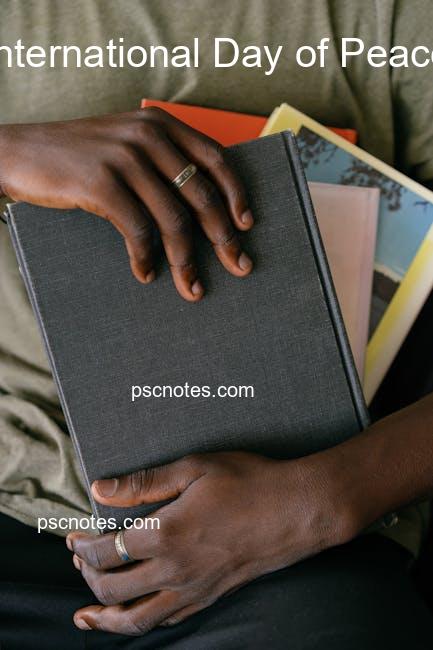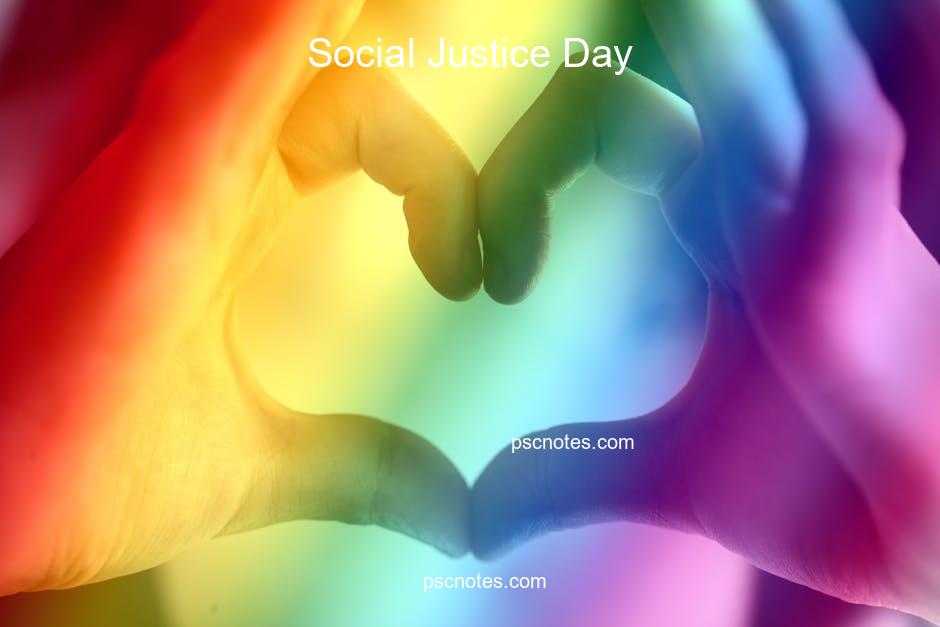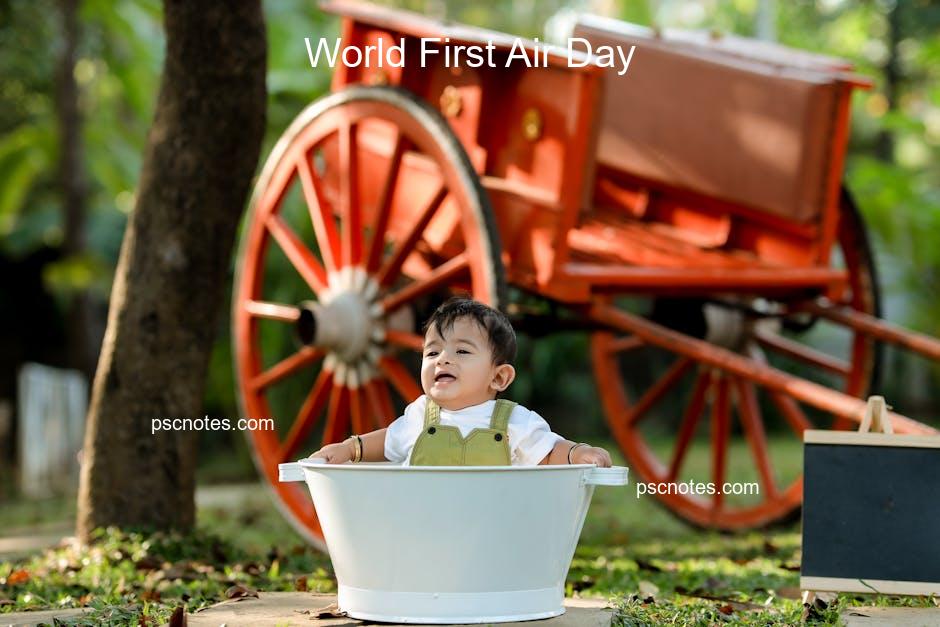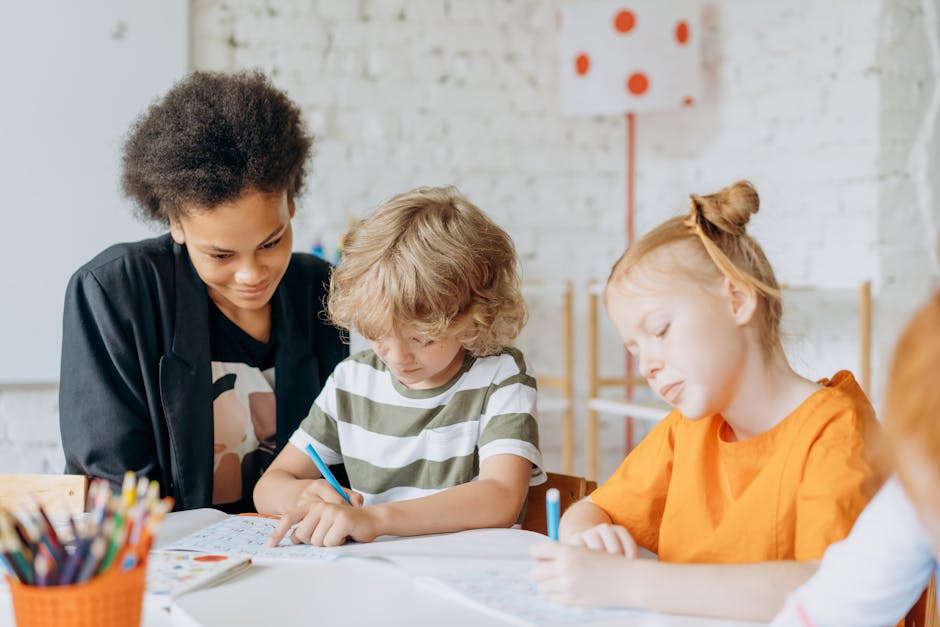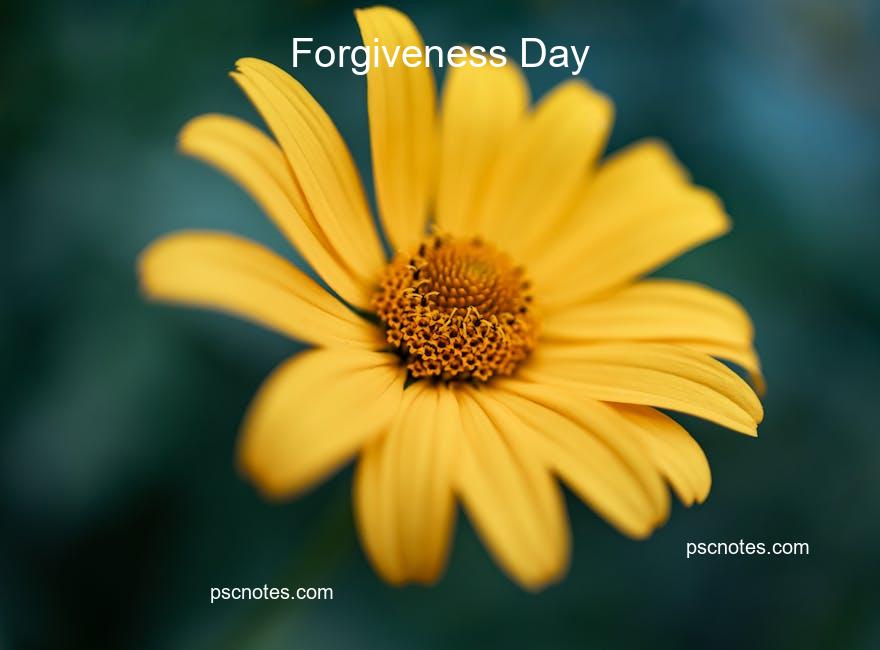Celebrating Age: The International Day of the Older Person and the Importance of Age-Friendly Societies
The International Day of the Older Person, celebrated annually on October 1st, is a global occasion dedicated to recognizing the contributions of older adults and promoting their well-being. This day serves as a powerful reminder of the vital role older individuals play in our societies and the need to create age-friendly environments that support their continued participation and fulfillment.
The Evolution of the International Day of the Older Person
The concept of a dedicated day to honor older adults emerged in the 1980s, driven by growing awareness of the aging population and the need to address their specific needs. In 1990, the United Nations General Assembly declared October 1st as the International Day of the Older Person, formally recognizing the importance of this demographic group.
The Significance of Celebrating Older Adults
The International Day of the Older Person is not merely a symbolic gesture; it serves as a platform to:
- Acknowledge the Contributions of Older Adults: Older individuals possess a wealth of experience, knowledge, and wisdom accumulated over a lifetime. They have shaped our societies, contributed to our cultural heritage, and continue to offer invaluable insights and guidance.
- Promote Age-Friendly Environments: The day highlights the need to create age-friendly societies that cater to the specific needs and challenges faced by older adults. This includes ensuring access to healthcare, social services, transportation, housing, and opportunities for continued engagement.
- Combat Ageism: The day serves as a powerful tool to challenge ageism, the discrimination and prejudice against older adults. It encourages a shift in societal attitudes towards aging, promoting respect, dignity, and inclusion.
- Raise Awareness of Aging Issues: The day provides an opportunity to raise awareness about the challenges faced by older adults, such as poverty, isolation, and health disparities. This awareness can lead to the development of effective policies and programs to address these issues.
The Global Landscape of Aging
The world is experiencing an unprecedented demographic shift, with the number of older adults rapidly increasing. According to the United Nations, the global population aged 60 years and over is projected to reach 2 billion by 2050, representing 22% of the world’s population. This demographic shift presents both opportunities and challenges for societies worldwide.
Table 1: Global Aging Trends
| Year | Global Population Aged 60+ (Millions) | Percentage of Global Population |
|---|---|---|
| 1950 | 205 | 5.3% |
| 1980 | 524 | 11.2% |
| 2019 | 993 | 13.1% |
| 2050 | 2000 | 22.0% |
Source: United Nations, Department of Economic and Social Affairs, Population Division
The Benefits of an Aging Population
While the aging population presents challenges, it also offers significant opportunities:
- Economic Growth: Older adults contribute to the economy through their continued employment, savings, and investments. They also provide valuable experience and expertise to businesses and organizations.
- Social Capital: Older adults play a vital role in strengthening social networks and communities. They often serve as mentors, caregivers, and volunteers, contributing to the well-being of their families and communities.
- Innovation and Knowledge Transfer: Older adults possess a wealth of knowledge and experience that can be leveraged for innovation and problem-solving. They can contribute to research, education, and entrepreneurship.
Challenges Faced by Older Adults
Despite the benefits of an aging population, older adults face numerous challenges:
- Health Disparities: Older adults are more likely to experience chronic health conditions, requiring access to quality healthcare and long-term care services.
- Financial Security: Many older adults face financial insecurity, particularly those who have retired or are living on fixed incomes.
- Social Isolation: Older adults are at risk of social isolation, which can lead to loneliness, depression, and poor health outcomes.
- Ageism: Ageism can limit opportunities for older adults, leading to discrimination in employment, housing, and social participation.
Creating Age-Friendly Societies
Addressing the challenges faced by older adults requires a comprehensive approach that promotes age-friendly societies. This involves:
- Universal Design: Designing environments and services that are accessible and usable by people of all ages and abilities.
- Accessible Transportation: Ensuring affordable and reliable transportation options for older adults, including public transportation, ride-sharing services, and accessible vehicles.
- Affordable Housing: Providing affordable housing options that meet the needs of older adults, including accessible units, supportive housing, and senior living communities.
- Healthcare Access: Ensuring access to quality healthcare services, including preventive care, chronic disease management, and long-term care.
- Social Inclusion: Promoting opportunities for older adults to participate in social activities, volunteer work, and community engagement.
- Economic Security: Providing financial support and employment opportunities for older adults, including pensions, social security, and flexible work arrangements.
The Role of Technology in Age-Friendly Societies
Technology plays a crucial role in creating age-friendly societies by:
- Improving Accessibility: Assistive technologies, such as hearing aids, mobility devices, and smart home devices, can enhance the independence and quality of life for older adults.
- Facilitating Social Connections: Telehealth, video conferencing, and social media platforms can help older adults stay connected with loved ones and participate in social activities.
- Promoting Health and Well-being: Wearable fitness trackers, health monitoring apps, and telemedicine services can support older adults in managing their health and well-being.
The Importance of Intergenerational Relationships
Intergenerational relationships are essential for creating age-friendly societies. They foster mutual respect, understanding, and learning between different generations.
Table 2: Benefits of Intergenerational Relationships
| Benefit | Description |
|---|---|
| Reduced Ageism | Promotes understanding and empathy between generations, challenging ageist stereotypes. |
| Social Support | Provides opportunities for older adults to connect with younger generations and vice versa. |
| Knowledge Transfer | Facilitates the sharing of knowledge, skills, and experiences between generations. |
| Community Building | Strengthens communities by fostering connections and collaboration between different age groups. |
Conclusion
The International Day of the Older Person is a powerful reminder of the importance of recognizing and celebrating the contributions of older adults. It is a call to action to create age-friendly societies that support their well-being, promote their inclusion, and ensure their continued participation in our communities. By embracing the opportunities presented by an aging population and addressing the challenges faced by older adults, we can create a more just, equitable, and vibrant society for all.
Here are some Frequently Asked Questions (FAQs) about the International Day of the Older Person:
1. What is the International Day of the Older Person?
The International Day of the Older Person is a global observance celebrated annually on October 1st. It’s a day dedicated to recognizing the contributions of older adults to society and promoting their well-being. It aims to raise awareness about the challenges faced by older people and advocate for policies and programs that support their needs.
2. Why is this day important?
This day is crucial because it highlights the growing number of older adults worldwide and the need to create age-friendly societies. It emphasizes the importance of:
- Acknowledging the contributions of older adults: Their experience, knowledge, and wisdom are valuable assets to our communities.
- Promoting age-friendly environments: Ensuring access to healthcare, social services, transportation, housing, and opportunities for continued engagement.
- Combating ageism: Challenging discrimination and prejudice against older adults and promoting respect, dignity, and inclusion.
- Raising awareness of aging issues: Addressing challenges like poverty, isolation, and health disparities faced by older adults.
3. How is the International Day of the Older Person celebrated?
Celebrations vary globally, but often include:
- Public events: Conferences, workshops, exhibitions, and cultural performances focusing on aging issues.
- Community initiatives: Volunteer activities, social gatherings, and outreach programs for older adults.
- Media campaigns: Raising awareness through television, radio, and social media platforms.
- Government initiatives: Policy announcements and programs aimed at improving the lives of older adults.
4. What can I do to celebrate the International Day of the Older Person?
You can participate in various ways:
- Engage with older adults in your community: Spend time with them, listen to their stories, and learn from their experiences.
- Support organizations that work with older adults: Donate to charities, volunteer your time, or advocate for their needs.
- Challenge ageist attitudes: Speak out against discrimination and promote respect for older adults.
- Share information about the day: Spread awareness through social media, conversations, and educational materials.
5. What are some of the key challenges faced by older adults today?
Older adults face various challenges, including:
- Health disparities: Higher rates of chronic diseases and limited access to quality healthcare.
- Financial insecurity: Poverty, limited retirement savings, and difficulty finding employment.
- Social isolation: Loneliness, lack of social connections, and limited opportunities for engagement.
- Ageism: Discrimination in employment, housing, and social participation.
6. What can be done to address these challenges?
Creating age-friendly societies requires a multi-faceted approach:
- Universal design: Making environments and services accessible to people of all ages and abilities.
- Accessible transportation: Ensuring affordable and reliable transportation options for older adults.
- Affordable housing: Providing housing options that meet the needs of older adults, including accessible units and supportive housing.
- Healthcare access: Ensuring access to quality healthcare services, including preventive care and long-term care.
- Social inclusion: Promoting opportunities for older adults to participate in social activities, volunteer work, and community engagement.
- Economic security: Providing financial support and employment opportunities for older adults.
7. How can technology help create age-friendly societies?
Technology plays a crucial role in supporting older adults:
- Assistive technologies: Hearing aids, mobility devices, and smart home devices enhance independence and quality of life.
- Social connections: Telehealth, video conferencing, and social media platforms facilitate communication and social participation.
- Health and well-being: Wearable fitness trackers, health monitoring apps, and telemedicine services support health management.
8. What is the role of intergenerational relationships in creating age-friendly societies?
Intergenerational relationships are essential for fostering mutual respect, understanding, and learning between different generations. They can:
- Reduce ageism: Promote empathy and challenge ageist stereotypes.
- Provide social support: Connect older adults with younger generations and vice versa.
- Facilitate knowledge transfer: Share knowledge, skills, and experiences between generations.
- Strengthen communities: Foster connections and collaboration between different age groups.
By understanding and addressing these FAQs, we can contribute to creating a more inclusive and age-friendly world for all.
Here are some multiple-choice questions (MCQs) about the International Day of the Older Person, with four options each:
1. When is the International Day of the Older Person celebrated?
a) March 8th
b) June 1st
c) October 1st
d) December 10th
2. What is the primary goal of the International Day of the Older Person?
a) To raise awareness about the challenges faced by children.
b) To celebrate the contributions of older adults and promote their well-being.
c) To advocate for environmental protection.
d) To promote gender equality.
3. Which of the following is NOT a key challenge faced by older adults?
a) Access to quality healthcare
b) Financial security
c) Social isolation
d) Increased risk of infectious diseases in children
4. What is an example of an age-friendly initiative?
a) Building schools in developing countries
b) Providing accessible transportation options for older adults
c) Promoting the use of social media among teenagers
d) Increasing the number of military personnel
5. Which of the following is NOT a benefit of intergenerational relationships?
a) Reduced ageism
b) Increased social support
c) Improved access to technology
d) Knowledge transfer between generations
6. What is the projected global population aged 60+ by 2050?
a) 500 million
b) 1 billion
c) 2 billion
d) 3 billion
7. Which of the following is an example of assistive technology that can benefit older adults?
a) A smartphone
b) A gaming console
c) A hearing aid
d) A high-performance sports car
8. What is the main message of the International Day of the Older Person?
a) Older adults are a burden on society.
b) Older adults should be isolated from younger generations.
c) Older adults have valuable contributions to offer and deserve respect and support.
d) Older adults should focus on retirement and avoid engaging in social activities.
Answer Key:
- c) October 1st
- b) To celebrate the contributions of older adults and promote their well-being.
- d) Increased risk of infectious diseases in children
- b) Providing accessible transportation options for older adults
- c) Improved access to technology
- c) 2 billion
- c) A hearing aid
- c) Older adults have valuable contributions to offer and deserve respect and support.

